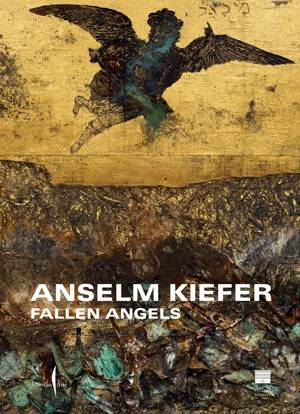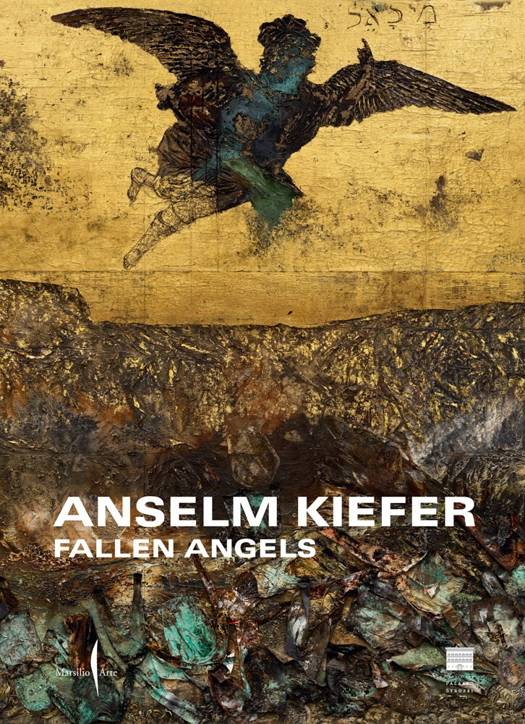
- Afhalen na 1 uur in een winkel met voorraad
- Gratis thuislevering in België vanaf € 30
- Ruim aanbod met 7 miljoen producten
- Afhalen na 1 uur in een winkel met voorraad
- Gratis thuislevering in België vanaf € 30
- Ruim aanbod met 7 miljoen producten
Omschrijving
Kiefer's dramatic, metallic paintings and sculptures staged within the walls of a cinquecento palace
The historic Palazzo Strozzi in Florence welcomes one of the greatest masters of art of the late 20th and early 21st century: Anselm Kiefer. Famous for his striking works that investigate the themes of memory, myth, war and existence, Kiefer presents an itinerary through his historical works and new productions, in an original dialogue with the Palazzo's architecture and Italian history.
Each of Kiefer's paintings and sculptures expresses a monumentality and powerful materiality, part of the infinite wealth of resources with which he probes the depths of memory and the past. From the beginning of his career, he has embarked on an artistic journey in which history, religion, mysticism, poetry and philosophy combine and mingle. His late 1960s works were among the first to reflect on the history of World War II and Germany's emotional and cultural legacy. Yet in this consequential space, Kiefer's drastic compositions layered in gold and silver take on a new significance in the context of the theatrical and deeply religious paintings of the Italian Renaissance. This exhibition, and its dazzling monograph, restores the vital complexity of Kiefer's art: celebrating its interweaving of figural art and abstraction, nature and artificiality, creation and destruction, in a strong engagement for the public in the physical and conceptual space of his works.
German artist Anselm Kiefer (born 1945) developed his signature style of multimedia impasto painting through the influence of Neo-Expressionism and artists such as Joseph Beuys and Georg Baselitz. His art incorporates global religious traditions and occult teachings, while also reckoning with the legacy of the Third Reich.
Specificaties
Betrokkenen
- Auteur(s):
- Uitgeverij:
Inhoud
- Aantal bladzijden:
- 192
- Taal:
- Engels
Eigenschappen
- Productcode (EAN):
- 9791254631812
- Verschijningsdatum:
- 15/10/2024
- Uitvoering:
- Hardcover
- Formaat:
- Genaaid
- Afmetingen:
- 216 mm x 295 mm
- Gewicht:
- 1202 g

Alleen bij Standaard Boekhandel
Beoordelingen
We publiceren alleen reviews die voldoen aan de voorwaarden voor reviews. Bekijk onze voorwaarden voor reviews.











